Hello.
Today, we’re departing from the roadside station Rumoi, where we spent the night in our car, heading towards Cape Soya, the northernmost point of Japan.
こんにちは〜
昨夜は道の駅るもいで車中泊
今日はこれから、日本最北端の宗谷岬を目指して出発します!
いってきまーす!
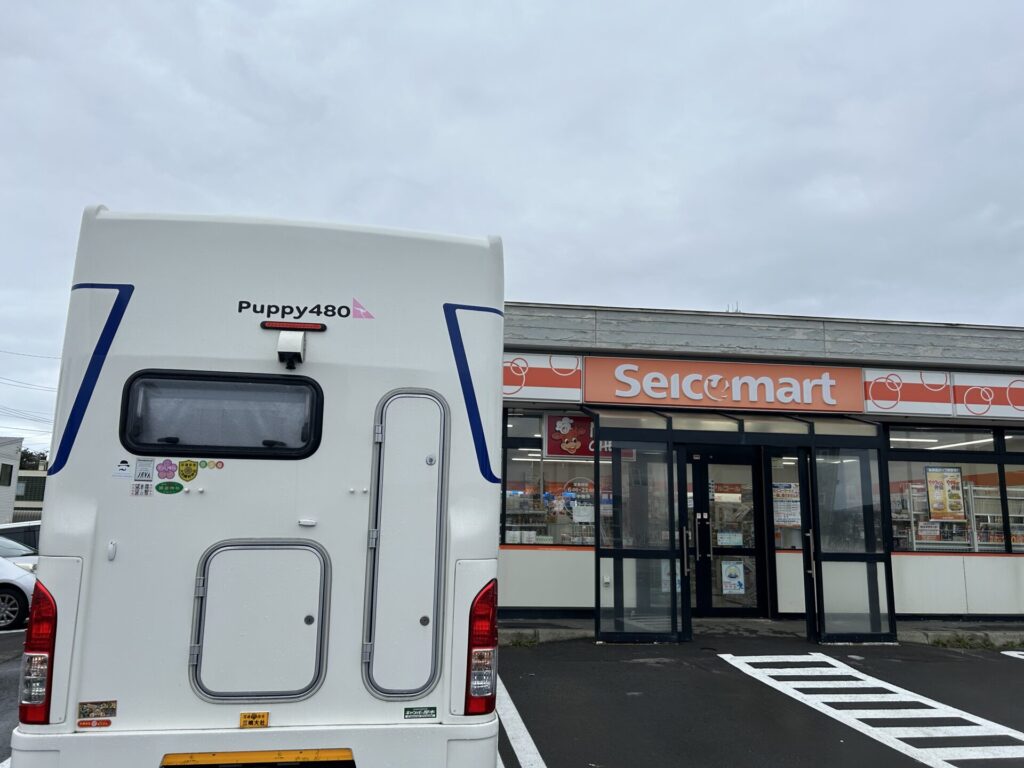
Since we’re leaving early in the morning and the roadside station isn’t open yet, we’ll stop by a convenience store to buy breakfast and eat it in our camper. When it comes to convenience stores in Hokkaido, Seicomart, commonly known as “Sekoma,” is the go-to. In Honshu, the market is dominated by three major chains: Seven-Eleven, Lawson, and FamilyMart, but Seicomart holds the top spot in Hokkaido with about 1,100 stores. There are 96 stores in Ibaraki and Saitama Prefectures, but there are none in Aichi Prefecture, where we live. Additionally, Seicomart has its own farms and processing facilities, offering a rich selection of private-brand products from Hokkaido, making shopping there feel like a true visit to Hokkaido.
おはようございます☀
今日は朝早く出発するので、道の駅はまだ開いてません。
ってことで、朝ごはんはコンビニで調達して、キャンピングカーで食べます
北海道のコンビニといえば、やっぱり「セイコーマート」!通称“セコマ”
本州だとセブン、ローソン、ファミマの三強だけど、北海道ではセコマがダントツでNo.1
道内に約1,100店舗もあって、茨城と埼玉にも少しだけあるけど、私たちの住む愛知にはゼロ
しかもセコマって、自社農場や加工場もあって、北海道らしいPB商品がいっぱい。
買い物するだけで「北海道に来たな〜」って感じがして楽しい


After finishing our meal, we’ll head to the roadside station Obira Nishinbanya, which opens at 8 AM. Although we just had breakfast, the sweet herring simmered rice looked delicious, so we decided to try it, and it was exquisite. It’s a flavor I definitely want to experience again.
On the Sea of Japan side of Hokkaido, herring (Nishin in Japanese) fishing thrived during the Meiji, Taisho, and early Showa periods. The residences and fishing facilities built by the fishermen are known as Nishinbanya. One of these, the former Hanada family Nishinbanya, is a nationally designated important cultural property and is the northernmost of its kind in Japan. Built in 1905, this Nishinbanya boasts the largest scale of existing Nishinbanya in Hokkaido. At its peak during the bustling herring fishing days, the number of hired workers exceeded 200.
The sleeping area for fishermen is called a “deck,” which has a tiered design with three levels. To accommodate many fishermen in a tight space, there was a narrow passageway for nighttime trips to the restroom.
朝ごはんを食べ終えて、次は朝8時オープンの道の駅「おびら鰊番屋」へ
さっき食べたばっかりだけど…「にしん甘露煮ごはん」があまりに美味しそうで、つい手が伸びちゃった
食べてみたら大正解!これ、絶対また食べたい味
北海道の日本海側では、明治・大正・昭和初期にかけてニシン漁が超盛んだったんだって。
その頃の漁師さんたちが住んでたのが「鰊番屋(にしんばんや)」と呼ばれる建物。
ここにある「旧花田家番屋」は、国の重要文化財にもなっていて、日本最北の鰊番屋らしい!1905年に建てられて、現存する中では北海道最大規模
ニシン漁が最盛期だったころは、なんと200人以上がここで働いてたとか
漁師さんたちが寝泊まりしていた「デッキ」と呼ばれるスペースは、3段構造でぎゅうぎゅう詰め。
トイレに行くための細〜い通路もあって、当時の生活感がリアルに伝わってきた

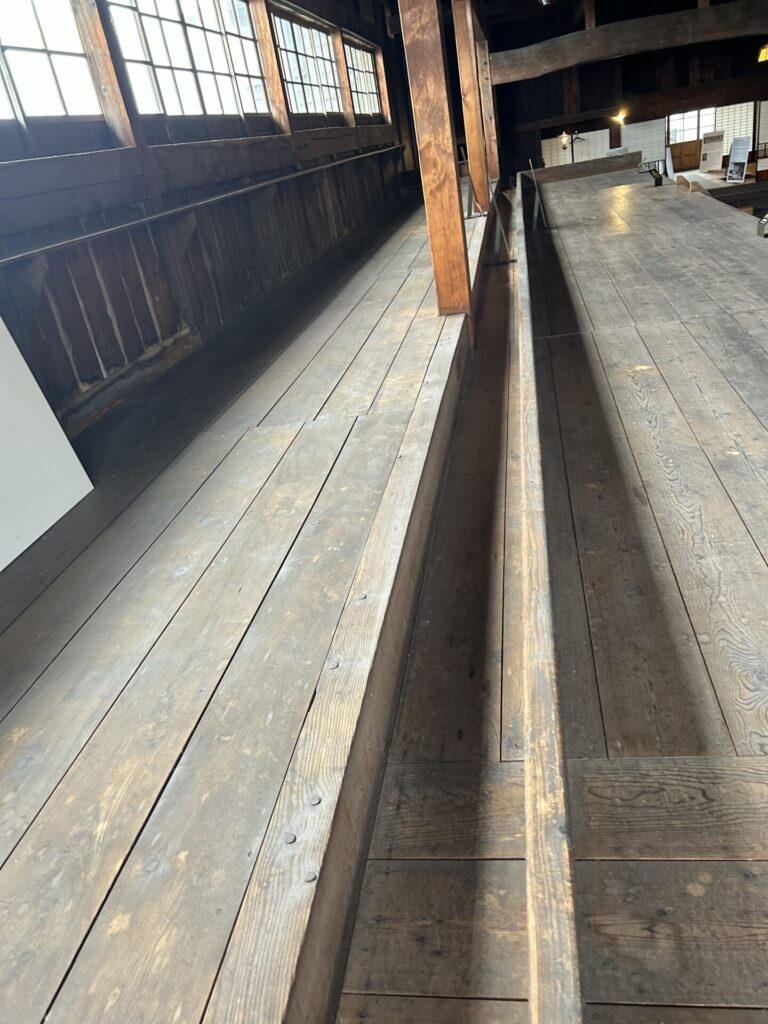
The tatami-matted room serves as the living space for the master’s family, with expensive woods like rosewood and ebony used for the pillars and other features. The luxurious Arita porcelain toilet explains why it is referred to as the “Herring Mansion.”
Now, let’s continue north along the Ororon Line.
The Ororon Line is a nickname for the road connecting Ishikari City on Hokkaido’s Sea of Japan side to Wakkanai City. “Ororon” is named after the seabird that once inhabited Hokkaido. While there are many scenic routes, the Ororon Line is the best drive to truly experience the sea of Hokkaido. Even for locals, this drive, including breaks, takes about seven hours.
畳の部屋は漁場の主(あるじ)一家の生活スペースで、柱とか細部には紫檀や黒檀といった高級木材が使われてた
トイレはまさかの有田焼…!「鰊御殿」って呼ばれるのも納得の豪華さ
さて、ここからは「オロロンライン」を北上します!
オロロンラインは、北海道の日本海側・石狩市から稚内市までをつなぐ道路の愛称で、名前の由来は北海道にいた海鳥「オロロン鳥」
絶景ルートはいろいろあるけど、北海道の海を全身で感じられるドライブならここが最強
途中で寄り道しながらでも、地元の人でもだいたい7時間かかるロングドライブです
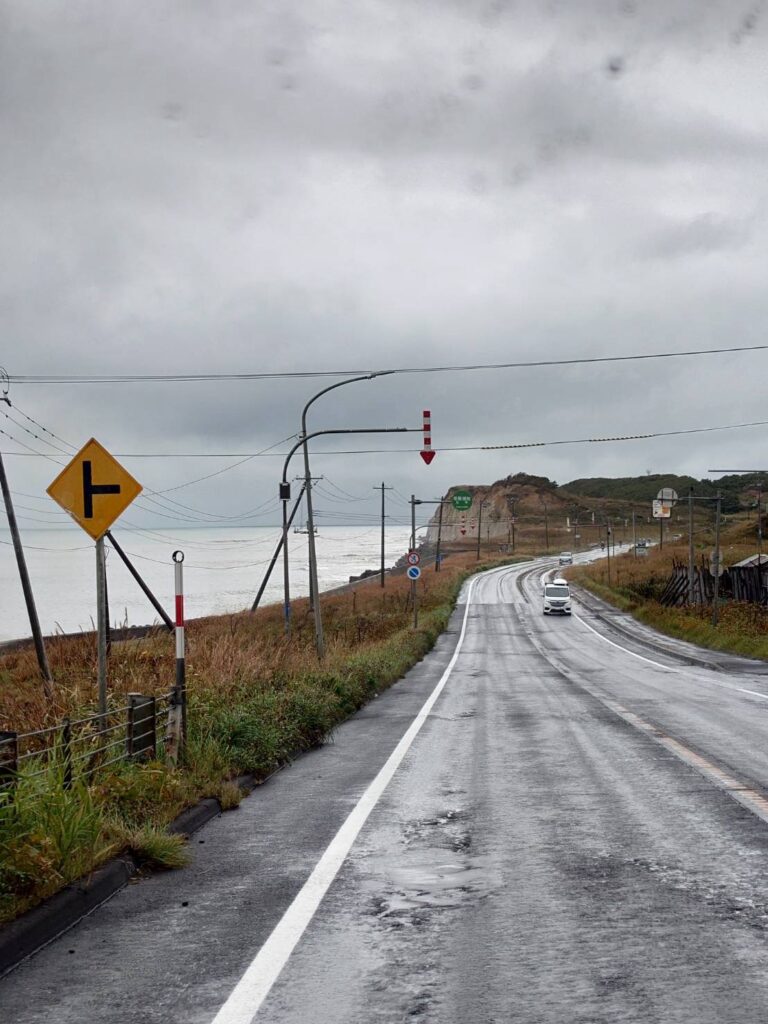
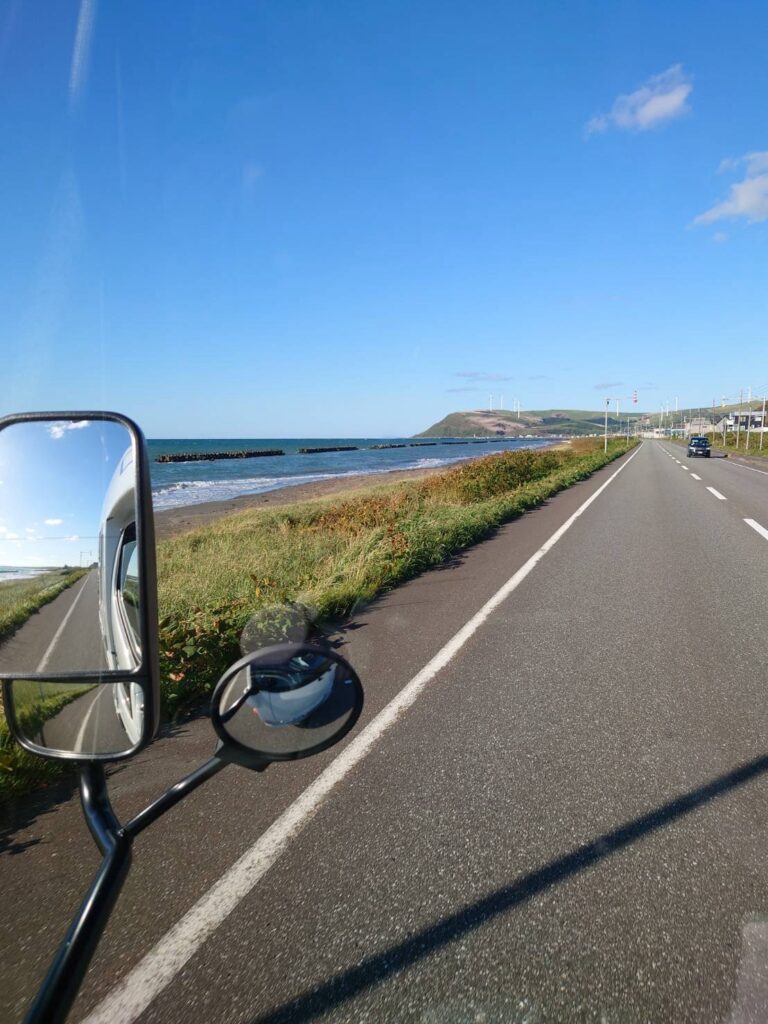
The road runs straight through the Sarobetsu Plain, lined with wind turbines from the Otonrui Wind Farm for about 3 kilometers, with hardly any human structures or telephone poles in sight. This route is known for its breathtaking views, including the sight of Rishiri Fuji across the sea. The day we drove, it unfortunately rained, and we couldn’t see much of the scenery. Additionally, we accidentally took the bypass in Teshio Town, so we ended up driving inland instead of along the coastline. It happens often. Let’s try not to make that mistake next time we go.
That’s it for today. I’ll share the drive to Cape Soya next time.
道はサロベツ原野をまっすぐ突き抜けてて、3kmくらいオトンルイ風力発電の風車がズラ〜ッと並んでる
人の建物も電柱もほとんどなくて、ほんとに自然の中を走ってるって感じ。
晴れてたら海の向こうに利尻富士が見える絶景ルートなんだけど…
この日はあいにくの雨、景色はほぼ見えず
しかも天塩町でバイパスに入っちゃって、気づいたら内陸ルート走ってた…笑
ここ、けっこう間違える人多いらしい。次こそはちゃんと海沿いを走りたい
というわけで、今日はここまで!
宗谷岬へのドライブはまた今度シェアしますね〜
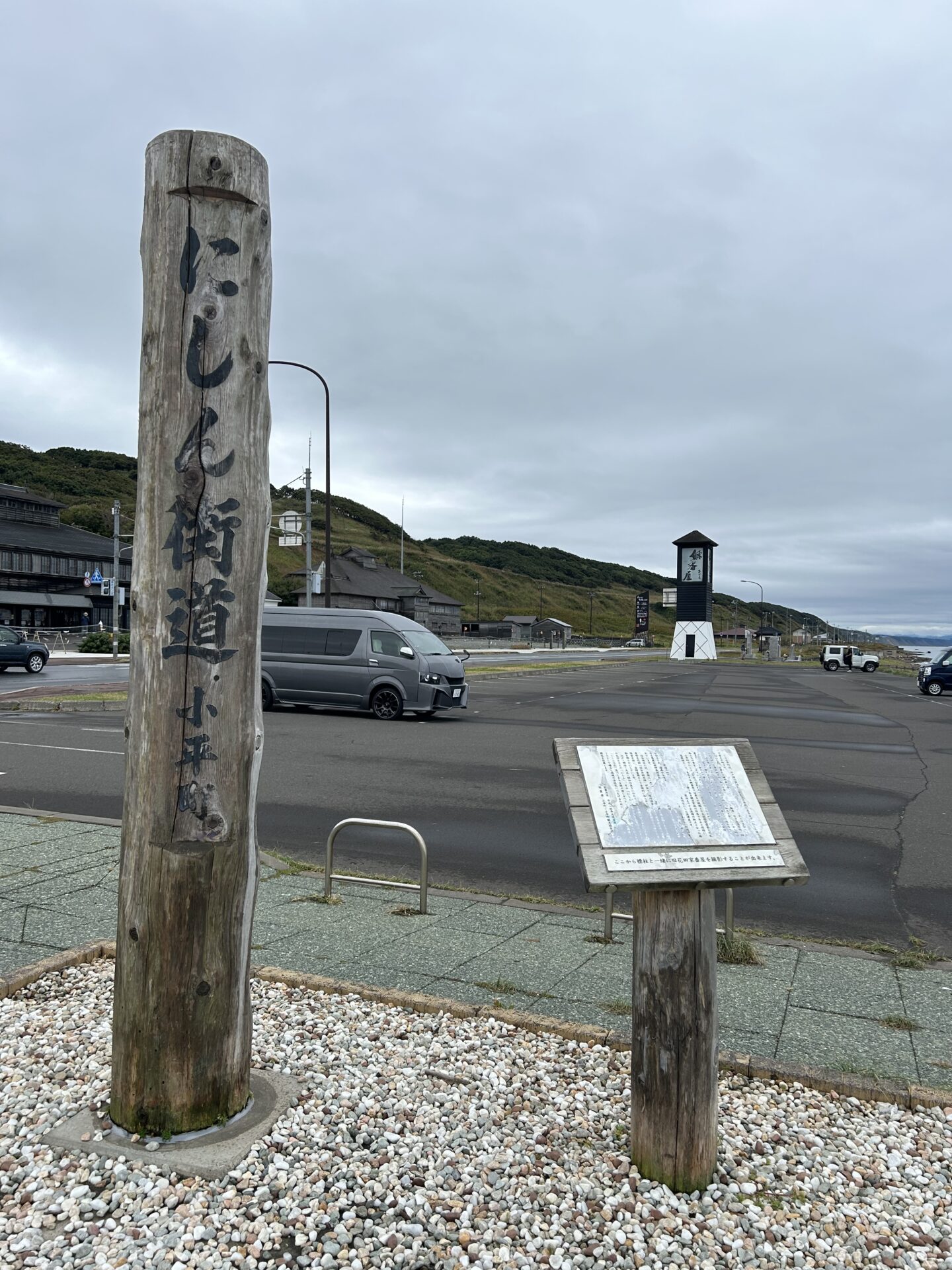
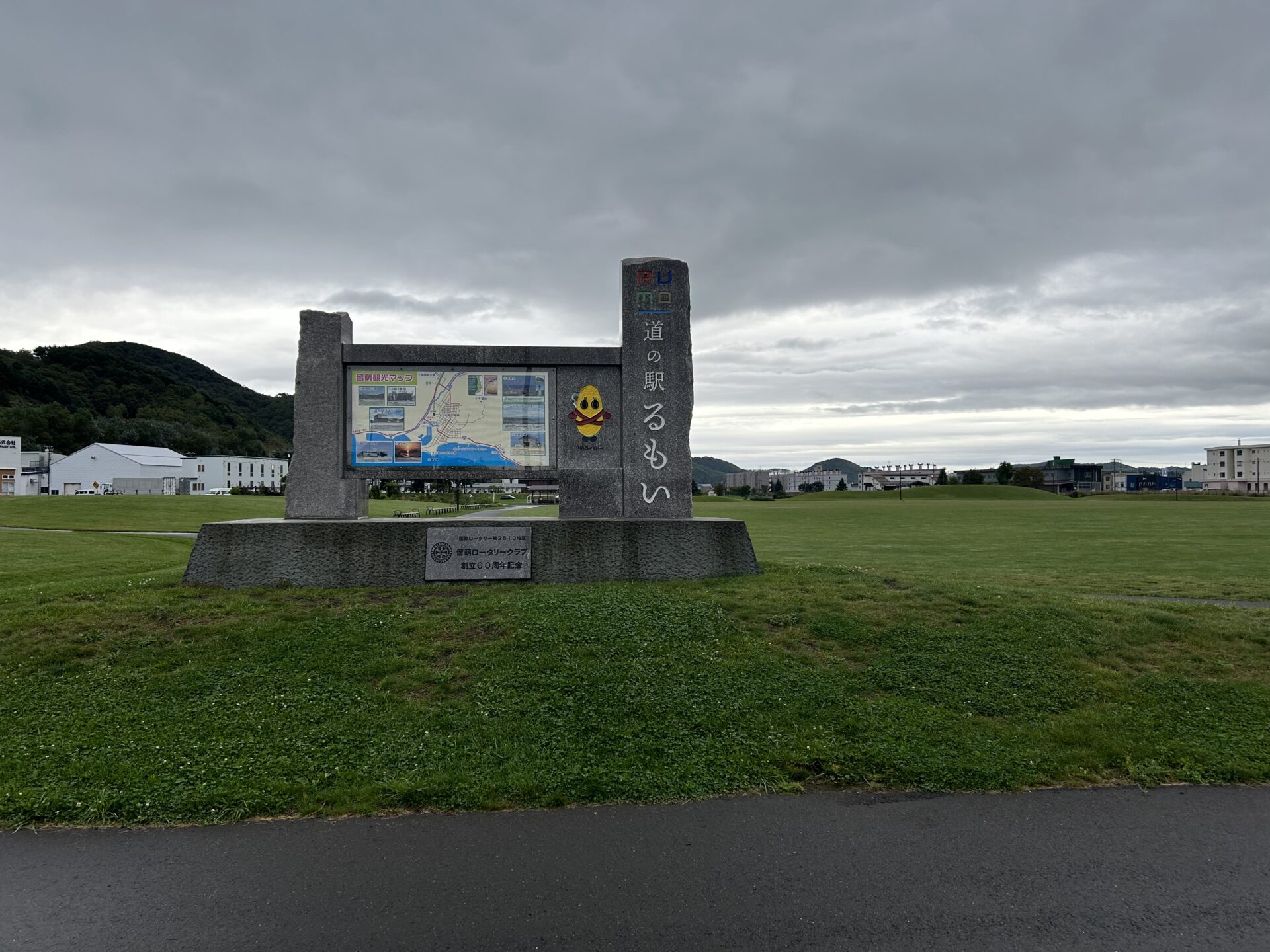
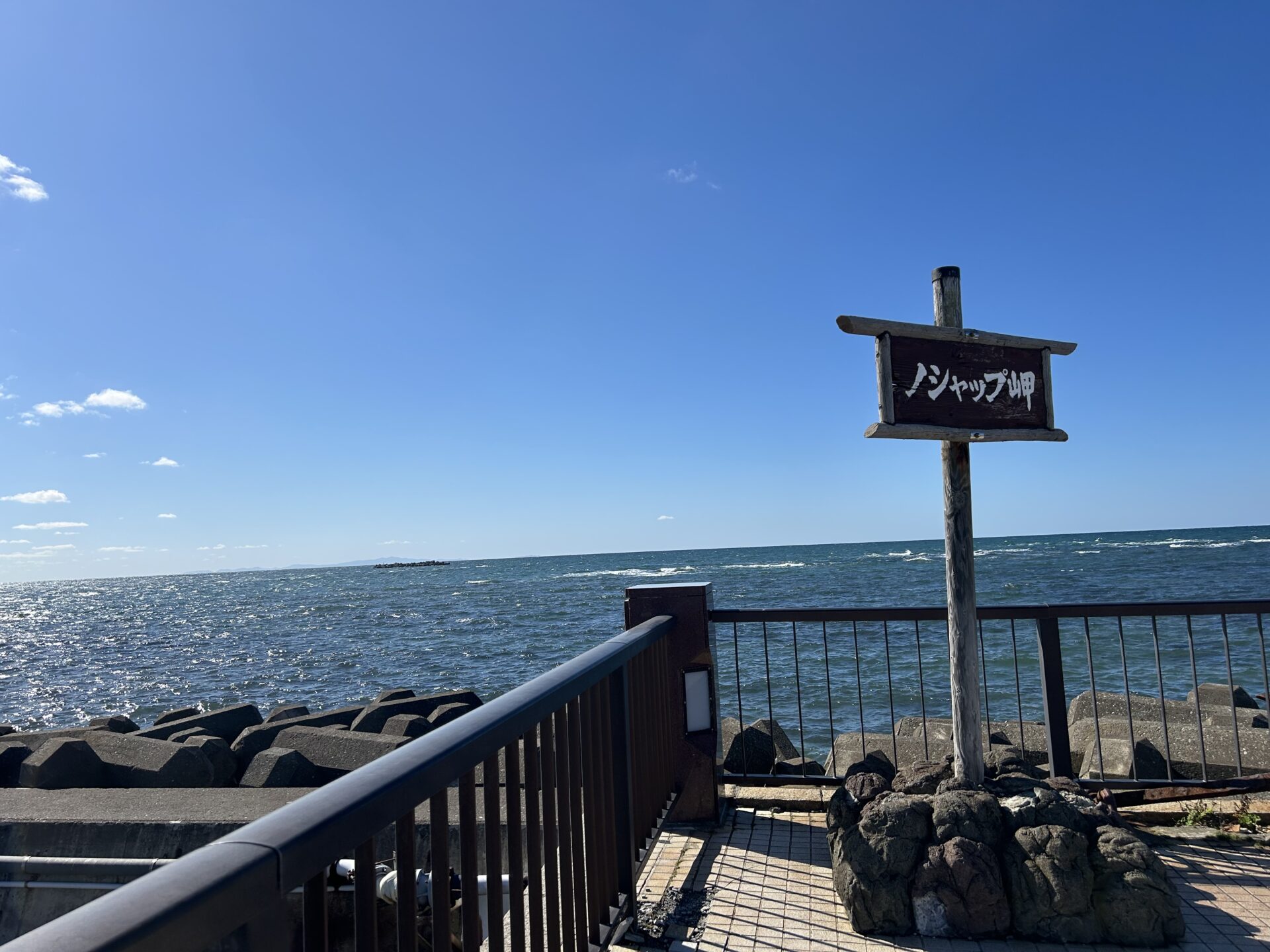
コメント